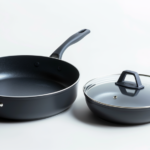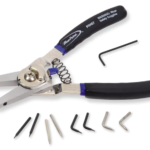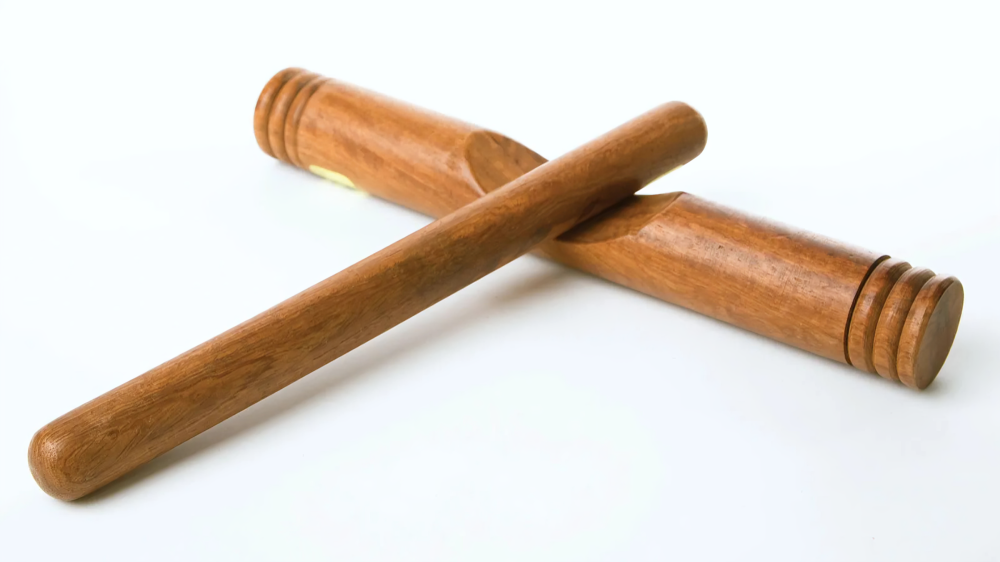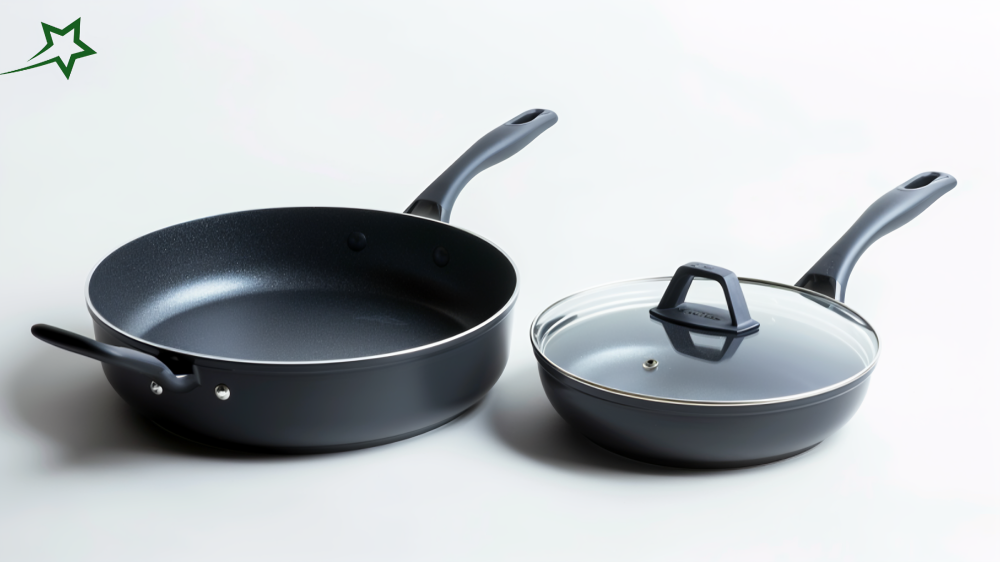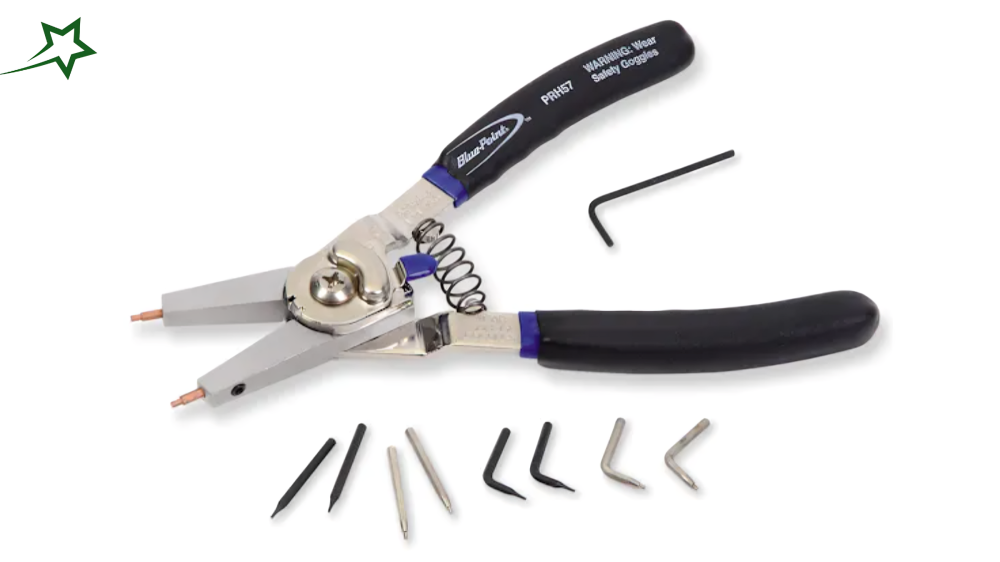Claves, an iconic percussion instrument, have a rich and fascinating history that spans continents, cultures, and centuries. Known for their sharp, distinct sound, claves are integral to many genres of music, particularly Afro-Cuban and Latin styles. From their traditional roots in West Africa to their widespread use in contemporary music, claves have evolved and adapted over time, becoming essential to the rhythms of modern music. In this article, we will explore the history of claves, tracing their origins, cultural significance, and how they have influenced music worldwide.
The Origins of Claves: West African Beginnings
The story of claves begins in West Africa, where percussion instruments similar to claves have been used for centuries. In African cultures, rhythm and music are fundamental to community life, serving as a form of communication, storytelling, and celebration. Many of the percussion instruments used in African music, including claves, were crafted from available materials like wood, bamboo, and bone.
West African Precedents
Before the advent of the modern clave, West African cultures used various types of sticks and wooden percussion instruments in their musical practices. Instruments such as the agogo (a metal bell) and balafon (a wooden xylophone) were used to create rhythmic patterns that accompanied dances, rituals, and ceremonies. The idea of striking two objects together to produce sound is an ancient practice, and claves likely emerged from these early traditions.
One of the most significant cultural elements in West Africa was the polyrhythm, which refers to the simultaneous use of multiple contrasting rhythms. This concept would later influence the development of claves and their rhythmic patterns in Latin music.
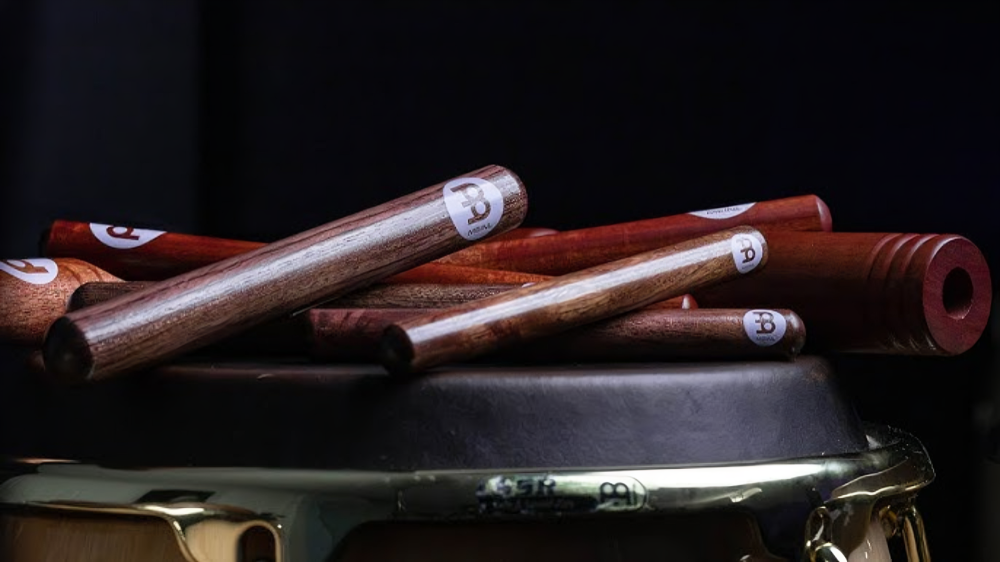
The African Diaspora: The Birth of the Clave Rhythm
As the transatlantic slave trade forcibly moved Africans to the Americas, many cultural practices were transported across the ocean, including their musical traditions. In the Caribbean and Latin America, African slaves and their descendants continued to practice their musical heritage, blending their rhythms with indigenous and European influences. The birth of claves as a distinct instrument can be traced to these Afro-Cuban and Afro-Caribbean traditions.
Cuban Influence: The Birth of the Clave Rhythm
Cuba, in particular, played a pivotal role in shaping the modern climate. The fusion of African rhythms with Spanish melodies in Cuba led to the creation of several influential musical genres, including son, rumba, and salsa. The son clave rhythm, which consists of a 3-2 or 2-3 pattern, became the cornerstone of Afro-Cuban music and is closely associated with the use of claves. This rhythm, often played on claves, provided the foundation for the rest of the ensemble, making it an essential part of the musical landscape.
The son clave rhythm is typically described as the “key” or “heartbeat” of Afro-Cuban music, and its use in ensemble playing became standard. As claves played such a central role, their importance in Cuban music cannot be overstated. Over time, claves spread to other parts of the Caribbean, South America, and even North America, becoming integral to many forms of Latin music.
The Evolution of Claves in Latin Music
As Cuban music began to spread throughout the Caribbean and beyond, claves became more widely recognized in genres such as salsa, mambo, jazz, and timba. The clave rhythm remained a central element, but it was adapted to fit different musical styles and instruments.
Salsa and Mambo
In the mid-20th century, salsa music, which combined Afro-Cuban rhythms with jazz and other musical influences, gained widespread popularity. The clave rhythm remained the backbone of salsa, and the instrument itself became more refined. The clave became an essential part of the rhythm section in salsa bands, alongside other percussion instruments like congas, bongos, and timbales.
In the same era, mambo music, a genre that originated in Cuba and became popular in the United States, also relied heavily on claves. The mambo rhythm, with its energetic brass section and fast-paced rhythms, was driven by the clave, making the instrument indispensable in mambo ensembles.
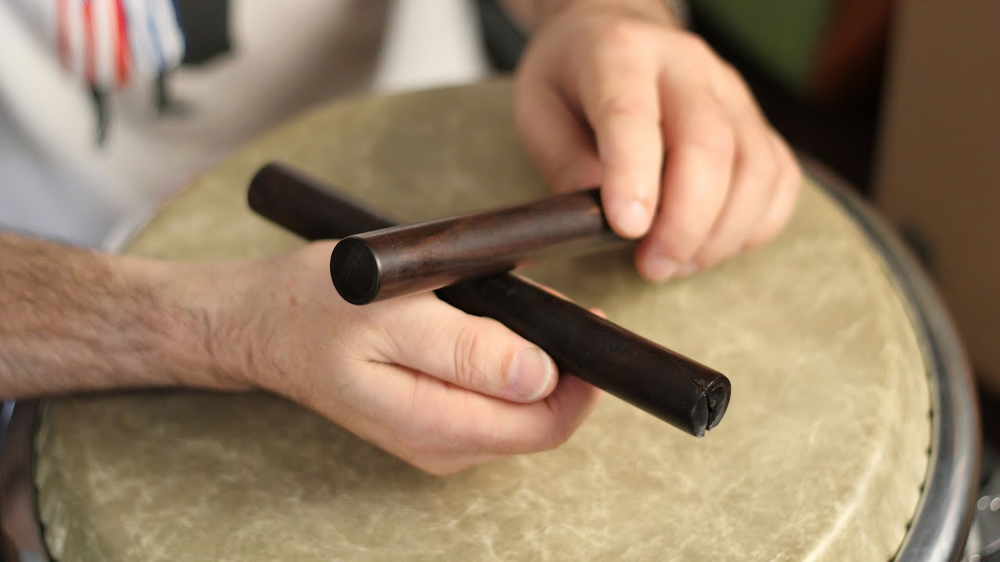
Jazz and Timba
As Latin jazz began to emerge, claves took on a new role, blending with the improvisational style of jazz music. Jazz musicians, particularly in New York, incorporated the clave rhythm into their performances, leading to a fusion of Latin rhythms with traditional jazz. In this context, the clave was often used to mark the underlying rhythm, providing a foundation for improvisation.
In the 1990s, timba, a more modern form of Cuban music, pushed the boundaries of the traditional clave. Timba is known for its complex rhythms, syncopation, and the use of electric instruments, but the clave remains at the core of the genre. In timba, claves are often played in conjunction with other percussion instruments, creating a dense, layered rhythm that drives the music forward.
Claves in Modern Music: Expanding Beyond Latin Rhythms
While claves are deeply rooted in Latin and Afro-Cuban traditions, their influence has expanded into various genres of modern music. As global communication and cultural exchange increased, musicians began to incorporate claves into rock, pop, world music, and even electronic music.
World Music and Fusion Genres
Musicians across the globe have adopted claves into their performances, often blending them with instruments from their own cultural traditions. In world music, which blends various regional styles and genres, claves are often used to create rhythmic connections between cultures. The rhythms played on claves are often paired with indigenous instruments, such as drums from Africa or India, creating a cross-cultural fusion that highlights the universality of rhythm.
Pop and Rock Music
Though claves are not commonly featured in mainstream pop and rock, their influence can still be heard in the rhythms of certain songs. For example, claves are sometimes used in funk or dance tracks, where the sharp, distinct sound adds a layer of percussive texture. Claves can be sampled or digitally reproduced in modern music production, allowing artists to integrate their distinctive sound into a wide variety of genres.
The Instrument’s Physical Evolution: From Tradition to Innovation
The construction of claveds has remained relatively simple, but over time, innovations have been made to improve the sound and durability of the instrument. Traditional clsves are still made of hardwood, typically rosewood or maple, but modern claaves may be constructed from alternative materials like fiberglass or plastic. These modern claaves can produce a different tonal quality, often sharper and louder, which makes them suitable for performances in larger venues or outdoor events.
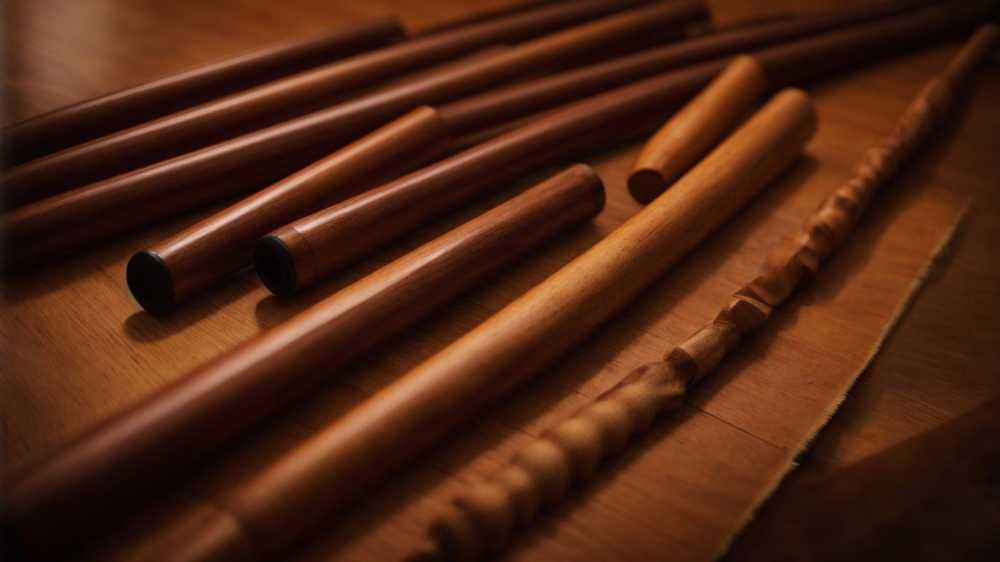
Claves in the Digital Age
In the digital age, claves have also found a place in electronic music. Producers and DJs use digital samples of clasves to add rhythm to their tracks, often layering the sound over other percussion instruments to create complex beats. While the physical instrument may no longer be essential in some modern genres, the sound of the clave continues to be an integral part of music production.
The Enduring Legacy of Claves
Today, clave remain a vital part of global music. Whether in the rhythms of traditional Afro-Cuban songs or the fusion of jazz and Latin beats, clavees continue to shape the sound of music worldwide. Their simple yet powerful role in rhythm sections, orchestras, and solo performances ensures that they will remain an essential part of the musical world for years to come.
Cultural Significance
The role of clavees extends beyond music; they are a symbol of cultural identity and tradition. In Afro-Cuban culture, the clave is not only a musical instrument but also a representation of the strength and resilience of the African diaspora. The rhythms of the clave are deeply tied to Afro-Cuban religious practices, and the instrument plays a crucial part in ceremonial and ritualistic contexts.
Educational Importance
For musicians, learning to play claaves provides an understanding of rhythm that can be applied across genres. The simplicity of the instrument allows beginners to develop a strong sense of timing and rhythm, while more advanced players can explore complex patterns and techniques. As an accessible percussion instrument, clavs are often used in music education programs to introduce students to rhythm and percussion.
More: Reddit
Conclusion: The Timelessness of Claves
The history of claaves is a testament to the enduring power of rhythm and the cultural exchange that shapes our musical traditions. From their roots in West Africa to their role in modern global music, clavves have proven to be much more than just a percussion instrument. They are the heartbeat of music, a unifying force that connects cultures, genres, and generations. Whether you are a beginner or a professional, understanding the history and significance of clavess will enrich your appreciation of music and deepen your connection to the rhythms that continue to shape our world.

